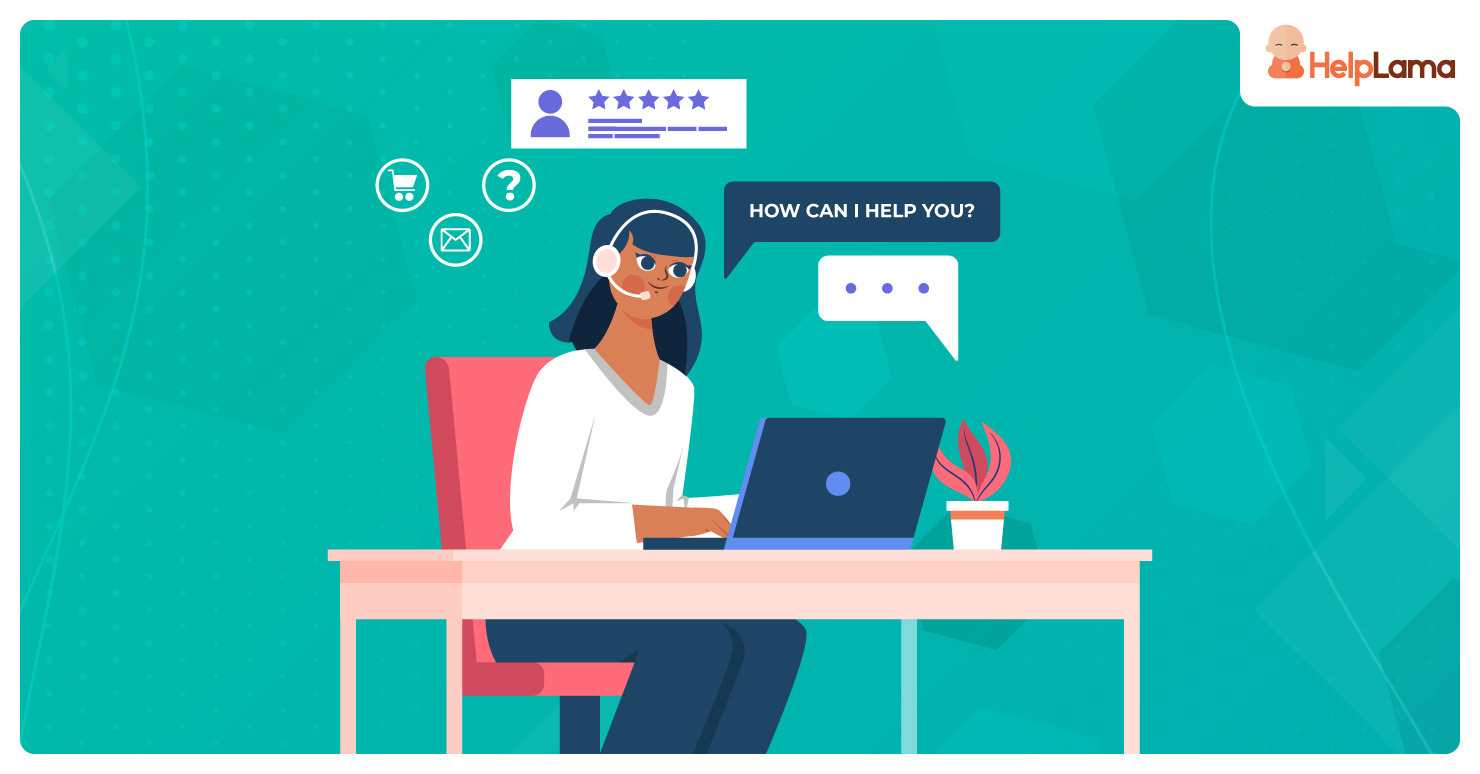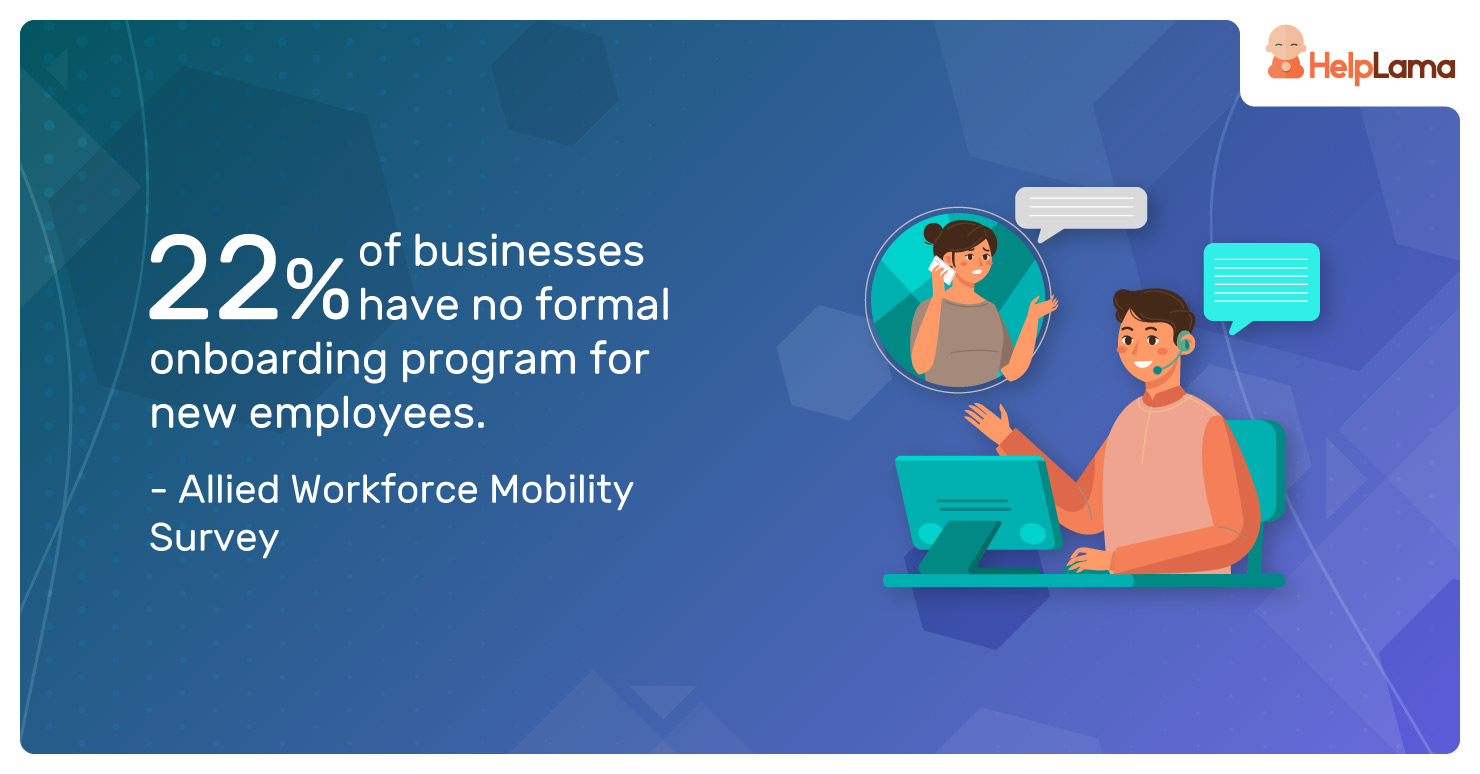It is tough to survive in a market dominated by big e-commerce brands. ‘Big billion Days’ sales, two-day delivery, and massive discounts have been a big draw with shoppers, undercutting smaller online brands. However, there are always gaps that smaller online stores can exploit to attract customers. For one, small brands are ideally placed to create a personal connection as they are inherently more relatable. According to RevLocal, the average business loses 20% of its customers because of not paying attention to building customer relationships. Remember that in the customer’s eyes, a brand is only as good as the experience it provides, which is why implementing effective customer service best practices can be a game-changer.
Every interaction is an opportunity for you to build on that experience and create loyalty. In the post-pandemic environment, customer service should be a top priority as it is a way to level the playing field with big brands. The business case is clear: online stores have no physical presence of their own which means good customer service is the only way they can differentiate themselves from the competition.
So it is critical for brands to develop a deeper understanding of the customer journey and develop processes and teams to drive engagement and revenues.
Omni Channel: The Next Generation of Customer Support

Customer service has evolved steadily from large phone-based contact centers to omnichannel support. Today, customer service is all about enabling a seamless experience for customers across multiple touch-points and different devices, including smartphones, tablets, and even wearable devices. Omnichannel support has also grown to integrate social media, web, and chat tools.
The pandemic has only accelerated the pace of change with on-site support centers being replaced by smaller remote teams connected via the cloud, often working collaboratively from multiple locations. This has brought in a whole new level of efficiency and has helped drive customer engagement and retention in a cost-effective manner.
A typical omnichannel support team has multiple layers. When a customer calls in, he usually interacts with an intelligent IVR system capable of resolving queries with contextual information pulled from the brand’s online knowledge base. In case the issue could not be resolved, the system routes the customer to an agent for assistance.
A combination of technology tools as well as hiring the right talent is thus essential for delivering a high standard of customer support. However, both elements need to work in tandem to make this possible.
4 E-commerce Customer Service Best Practices

If your customer service experience is less than what you would like it to be, it is certainly useful to learn from the best practices of top ecommerce brands. This can give you a head start in terms of the nuances of outstanding customer service.
1. Self-service options:
One of the biggest reasons for cart abandonment is the lack of product/billing-related/returns information at check-out. Research shows that customers are likely to abandon a purchase if the wait time for customer support is high. Typical questions like shipping costs, order status, or international deliveries do not need a trained agent; they can be resolved by a self-service portal.
If you have a CRM system, you can create self-service options for customers reporting a problem with their order or a failed payment, for example. This can not only improve your response time but greatly reduce customer effort.
2. Efficient processes and workflows:
Just as you focus on managing orders, fulfilling them, and smooth returns, you also need an efficient customer service workflow to provide a great experience. In fact, customer service should be an integral part of your overall process workflow. It is easy to see its impact when you have mapped the customer journey. For example, allocating tickets based on request type can reduce turnaround time and improve first contact resolution. The cost of unresolved tickets can add up quickly in terms of escalations, refunds, and cancellations.
Similarly, escalations can be managed smoothly when complicated tickets are routed to a manager right away instead of being assigned to an agent.
3. Invest in agent training and development activities:
Every agent has a different way of interpreting a problem and providing a solution. However, if a customer has to call back for the exact same issue a few days later, clearly something went wrong the first time. So, it is critical for you to train your team to adopt a customer-first attitude. This means staying on the line till the customer’s issue is resolved or following up on a ticket in a timely manner.
A customer-centric culture can play a vital role in reinforcing the need for agents to be proactive. However, it is often a case of too little too late.
According to the Allied Workforce Mobility Survey, 22% of businesses have no formal onboarding program for new employees. This can impact customer experience in the long run.

4. Analytics and Reporting
The latest helpdesk and CRM tools come with built-in analytics to help your customer service managers track KPIs in real-time. For example, data related to resolution rate can be compared in real-time with the target goal for the day or week. This can improve agent accountability and boost your CSAT scores. By tracking ticket status constantly, analytics tools can help you prioritize critical issues.
You can analyze performance trends over a period of time to identify any issues that may be contributing to high volumes, for example, refunds, order tracking, or incorrect delivery location.
Last Words
Customers have high expectations from the brands they buy from and ecommerce brands are no exception. Perhaps the biggest expectation is clear communication about products, returns, warranties, etc. If your customer service goals have not been met, it may be time to look for expert assistance.
Helplama has extensive experience in helping small and large companies optimize their customer support operations. Flexible and affordable plans backed by our Zero-Risk Guarantee help you meet SLAs without having to bear the burden of hiring and training new employees. What’s more, we have done away with long-term contracts too. To know more about how we can help you make a difference, contact us today!


